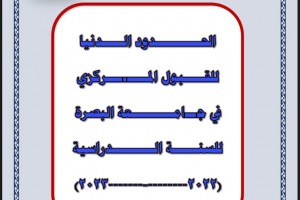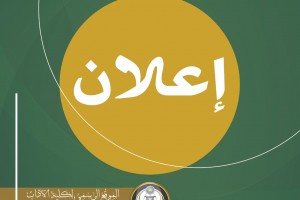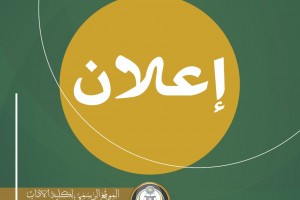

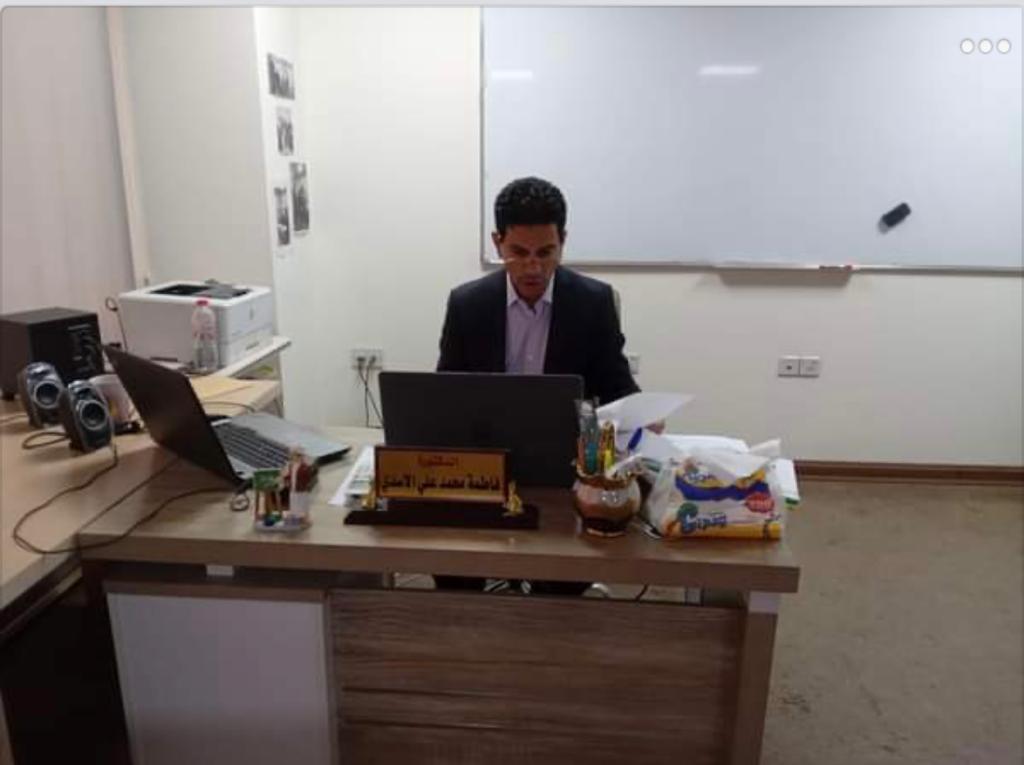
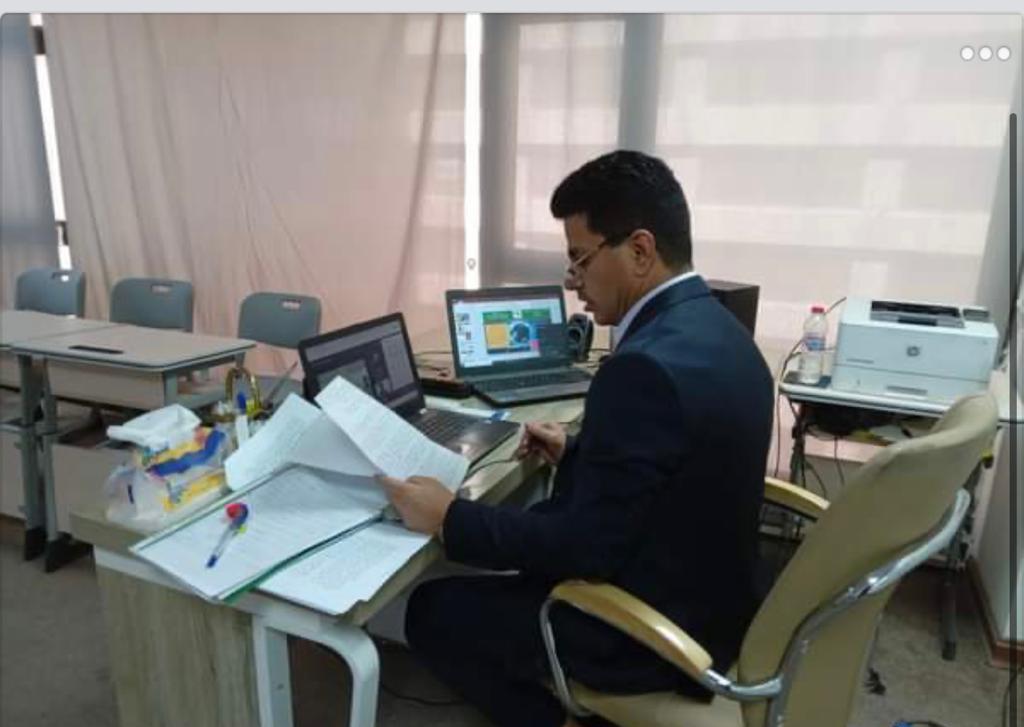
The United Nations believes in the great services provided by translators in bringing and mediating between different nations and facilitating dialogue, understanding, and humanitarian cooperation in a way that adds to development and enhances global peace and security. On 3/24/2017, the General Assembly adopted Resolution 71/288 regarding professionals working in languages and their role, declaring the 30th of September of each year, the Feast of Saint Jerome, the translator of the Bible who is considered the patron saint of translators, an international day of translation.
The occasion is sponsored by the International Federation of Translators, which was established in 1953. The Federation contributed to the celebration of translation and translators and in 1991 launched the idea of dedicating an officially recognized international day to show the solidarity of the translation community around the world to promote the translation profession in different countries and to make this day an occasion to show pride in a profession that has become increasingly necessary in the era of globalization. In announcing the poster dedicated to celebrating the International Translator's Day for this year 2022, whose idea is (To improve the status of the translator and translation), it seems that the translation market is changing faster than the skills of the translator. Communication methods and techniques have evolved, but the skills of the translator have not changed much.
The celebration is an opportunity to present the advantages of this profession, which is becoming more and more important in the era of globalization. The most important of these advantages are called "translator roles", where translators use many skills while converting words from one language to another. To develop our translation skills, we must recognize the skills of translators, as the translator is the one who interprets one language and translates it into another. Translators must be fluent in at least two languages to be able to communicate with people who speak different languages. For people who are not multilingual, we can help them by translating written or spoken communication to enable them to communicate better.
Many translators make a major and recurring mistake, as they focus their full attention on the linguistic aspect of the translation process while ignoring other areas of study that are the second and fundamental pillar of the translation process. Translation is like a person walking on two feet, and walking with one foot does not complete the walk. The first foot is the center of language with both sides the source and the target, and the other foot is the center of experience in several fields such as comparative literature, computer science, history, philology, linguistics, philosophy, semiotics, and terminology that played a greater role in Translation development. They are inseparable from each other, as their separation would produce translations that would be good material for sarcasm. Analysis of the roles required for each field of study is particularly important for interdisciplinary fields such as translation. Aside from language proficiency and cultural sensitivity, translators have a responsibility to know and become familiar with the different roles. They no longer see themselves as mere loners, but as readers, editors, writers, and technical experts who present their services to the ever-growing translation market.



.jpeg)
